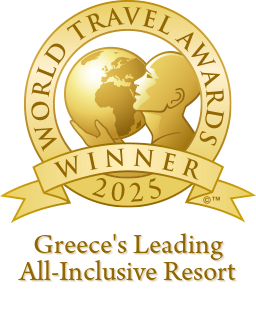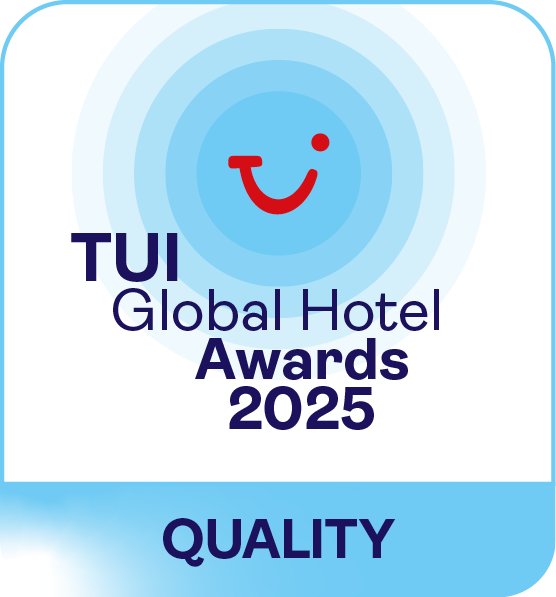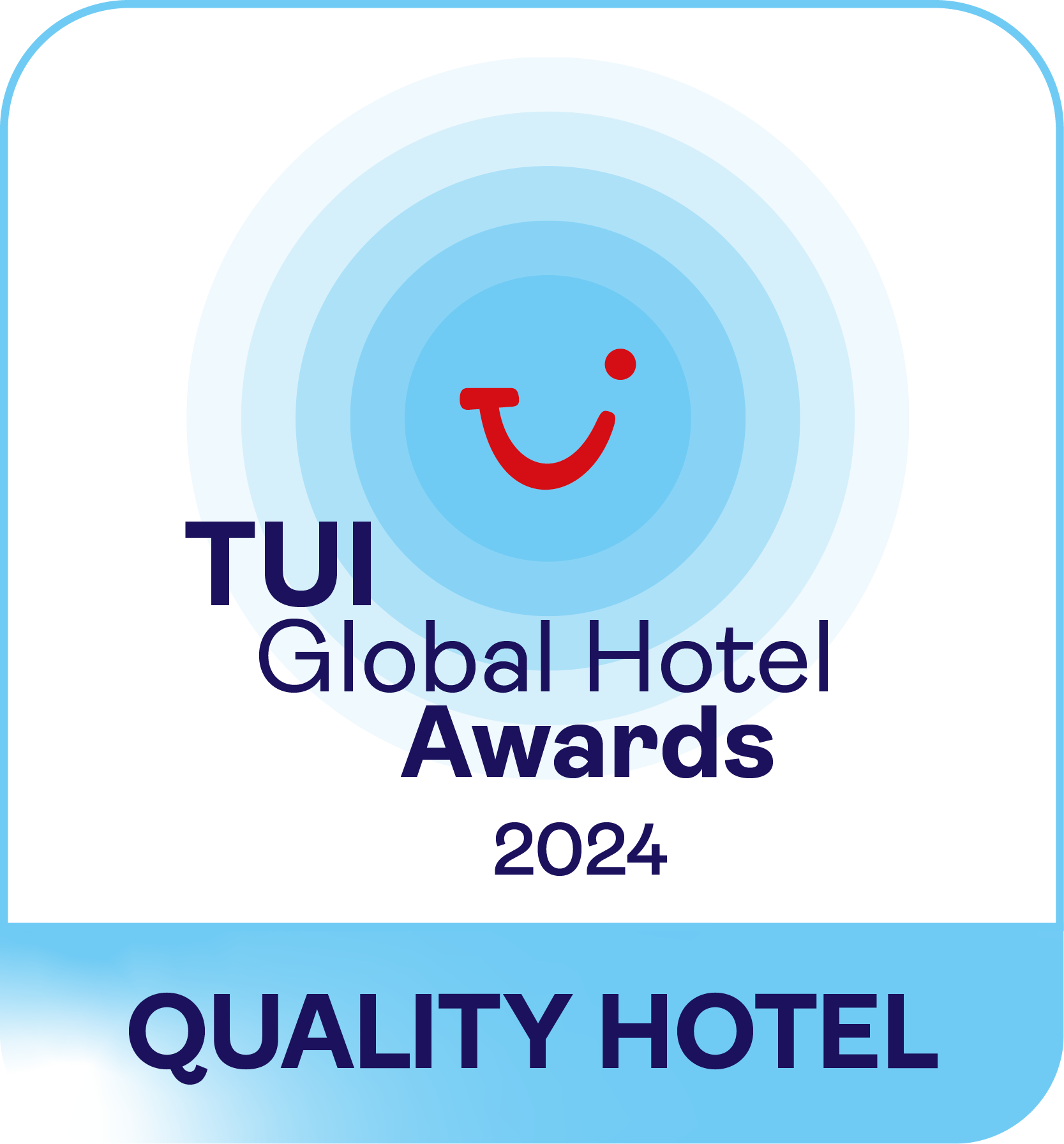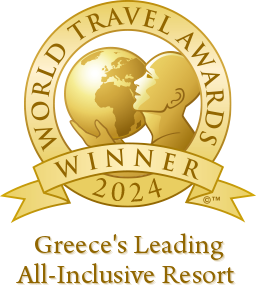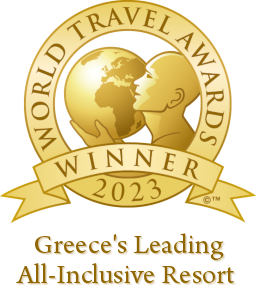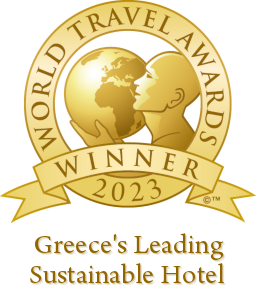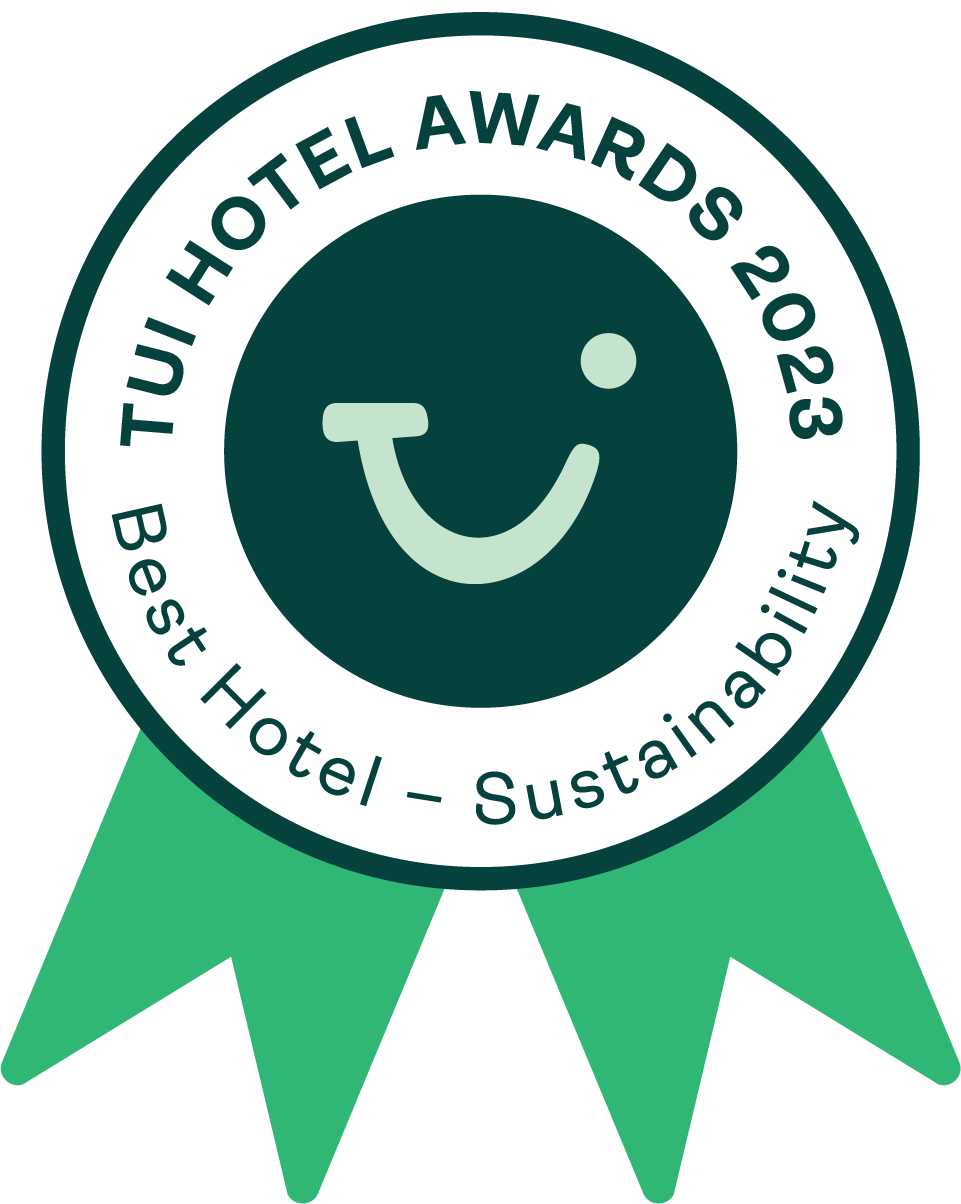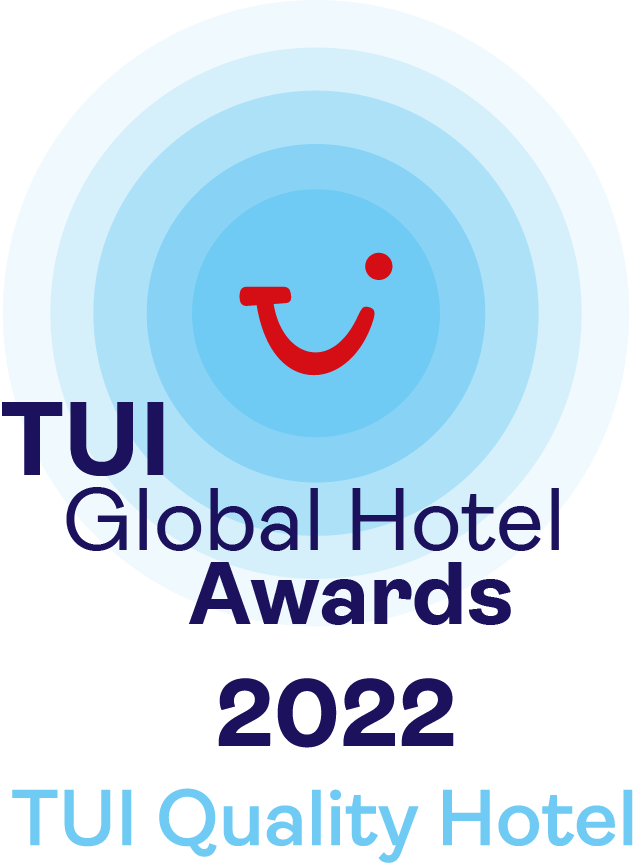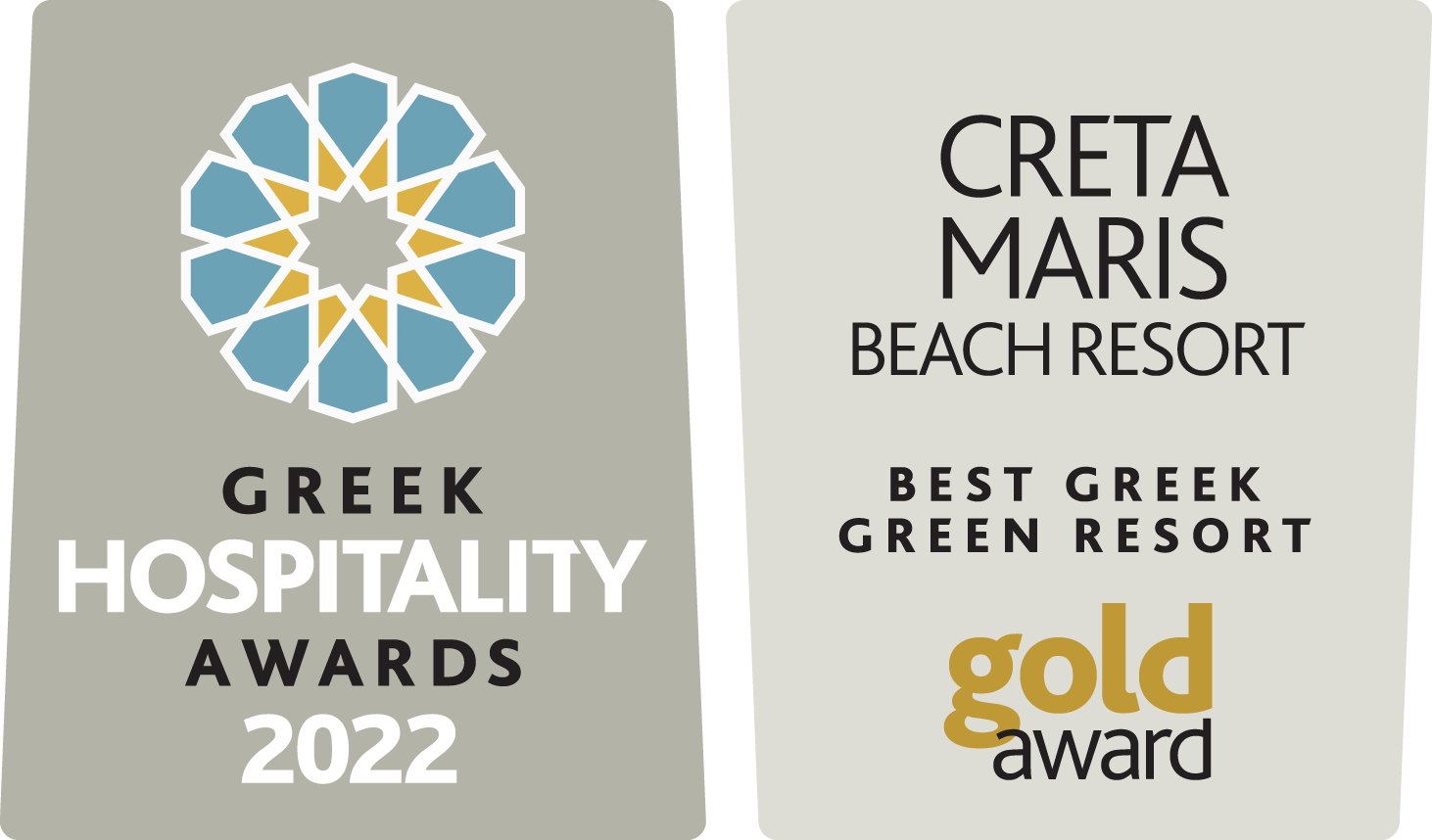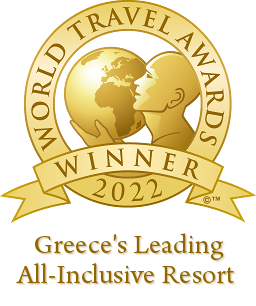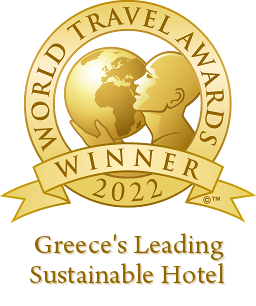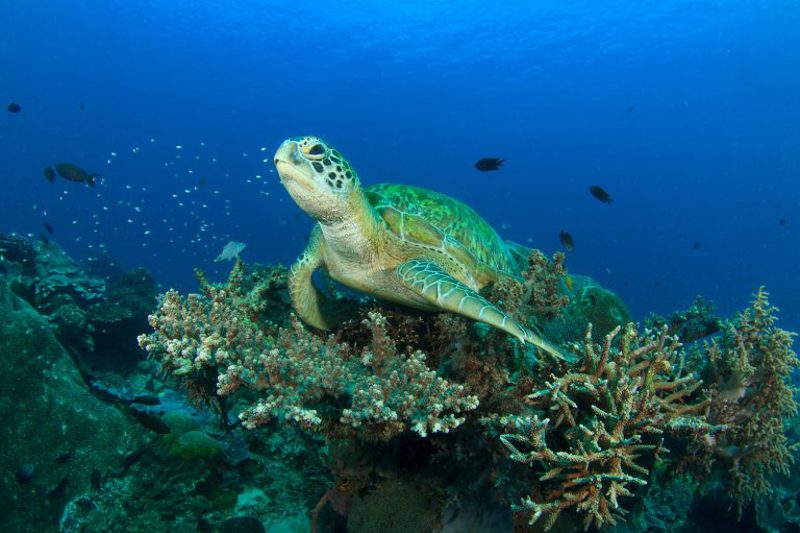
Every year hundreds of loggerhead turtles, the most common turtle found in the Aegean, make their way to Cretan shores to carry on a timeless natural ritual. The north coast and the Gulf of Messara are the areas of Crete with the highest turtle birth-rates, and Heraklion has a special chapter in the turtles’ story, with many nesting sites near Hersonissos, and the province’s south coast, from Matala up to Tymbaki. Migrating huge distances between feeding grounds to their nesting sites, turtles have been known to travel thousands of kilometres to return to the beach where they hatched as a baby.
Female turtles usually approach the shores of Crete every two to four years. When they’re ready to lay their eggs they come ashore at night, but only if there are no bright lights or loud noises nearby. The turtle clears a spot in the sand, and using her hind flippers, she digs her nesting hole. After laying between 20 and 200 eggs, she re-covers the hole, and the hatchlings emerge about 60 days later, usually after sunset, after which they make
their way to the shore.
The egg laying period of the year is May to September, coinciding with the height of the tourist season, but with a responsible approach to environmental protection many hotels and beachfront businesses have taken the lead in helping the turtles out.
Our friend the loggerhead
Adult loggerhead turtles – scientific name Caretta caretta – are usually 1m to 1.2 metre long, with their weight usually between 100 and 150 kilos. Occasionally larger adults can even exceed 400 kilos. With a normal lifespan of about 50 to 60 years, turtles feed on molluscs, crustaceans and sometimes algae. Sadly a large number die trying to digest polythene bags, mistaking them for jellyfish.
What we can do
Loggerhead turtles are a protected species in Greece and every effort is made to ensure their welfare. Not-for-profit marine protection organisations like ARCHELON and MEDASSET are at the forefront of educating people and businesses about what can be done to help the turtles continue to use their ancient nesting sites.
The life cycle of turtles is totally dependent on them being able to return safely to their nesting sites. For this reason, if you think a beach is one that turtles use, avoid using lights at night on or near the beach, and avoid walking on the sand at night. On Candia Maris beach there are many nesting sites, and every year we do our utmost to ensure the sites are protected. If you do come across a nest, mark the spot and let the hotel know.
CretAquarium
Close to Creta Maris Resort, CretaAquarium, part of the Hellenic Centre for Marine Research, is one of the most important marine biodiversity research facilities in Europe. On our doorstep, it’s fascinating place to visit, educational and fun for all the family, CretAquarium often treats injured turtles, and once recovered, lets them free on the beach in front of the aquarium.





